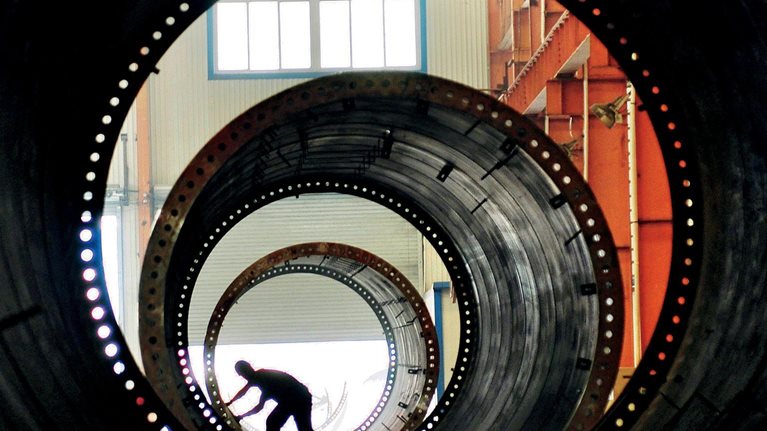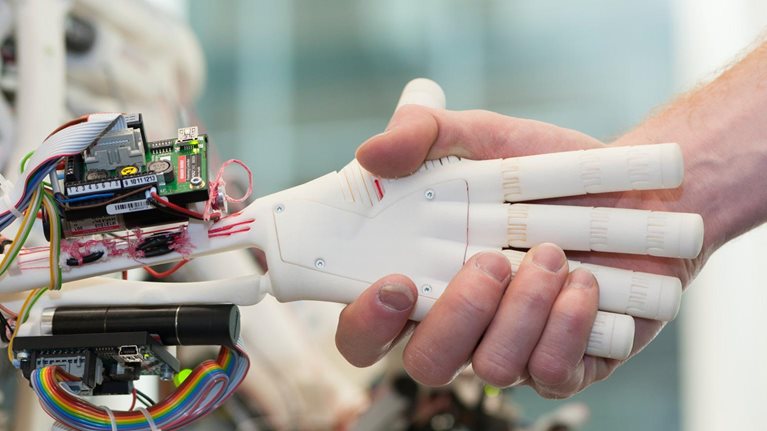Companies often look for single, miraculous cures to their supply-chain problems. In this interview with McKinsey’s Thomas Fleming, McKinsey director Alex Niemeyer explains why falling for hype can cost companies millions of dollars and discusses the technological advances he believes have the potential to make a real difference. An edited transcript of Niemeyer’s remarks follows.
Interview transcript
Separating fact from fiction
There’s a lot of hype in supply chain. If you look at the history of supply chain, there is a track record of hype. Ten years ago, everybody wrote that RFID1 was the upcoming thing, and we would push our carts out of the supermarket and it would work. We studied that for quite a while and we couldn’t actually convince ourselves that it was true, and it turned out not to be true.
When you look at it carefully, it turns out that there just wasn’t the business case to be made for actually driving RFID. And I think a general trend in supply chain is that executives look for silver bullets, or the executives go to their CEOs and say, “We just need to do this and everything will be fine.” And quite frankly, supply chain is a lot about hard work.
Following the hype can actually be quite expensive. We have seen countless clients that have sunk hundreds of millions of dollars into integrated supply-chain-planning systems, not only to see no value added but actually to see a lot of value destroyed.
The impact of technology
I think 3-D printing is an absolutely disruptive force to manufacturing. It’s just emerging, but my personal belief is that we’ll see a full transformation over the next 10 to 30 years. I think we’ll first see the impact on anybody who’s got very complex spare parts or difficult logistics. Think spare-part supply chains, which are driven by very high complexity. Think aircraft spare parts. Those kinds of parts are expensive. They need to be stored in many locations. You don’t know how many you need, etcetera.
Digital technology, such as 3-D printing and much better forecasting, can actually help substantially reduce how much inventory you have to keep or shorten the lead time by which you need something. So we expect that it will fundamentally change the way aerospace and oil-field services are run in the future. The military’s already a heavy user of all of these things because all of these are remote and have very complex degrees of needs.
I think advanced analytics holds a lot of potential, if combined with the right cross-functional collaboration. And, quite frankly, supply chain has always been ahead of advanced analytics versus any other industry, really, or any other function. But we see more opportunities there. Number one is around the theme of agility. One thing that has structurally changed in the world is that historic supply chains tended to be more stable. They dealt with normal volatility. Yes, you had seasonality in your demand. Yes, you had promotions. But they weren’t radical events; commodity prices fluctuated but not radically so. But when you think about specific events like Fukushima, the Iceland volcano, and others, and when you think about just general commodity volatility, all of these events have actually increased. They haven’t just increased in our perception.
Managing supply-chain volatility
Today’s supply chains need to be set up to deal with big volatility all the time. And that doesn’t just mean risk—that also means opportunity to take advantage when a competitor is affected or when a new market opens up.
So this opportunity for high-volatility analytics, if you want to call it that, or “fast pace of change” analytics can be very substantial in certain industries. Like seeds, surprisingly. It sounds like a benign industry, but they have lead times of two to three years, including growing cycles, making the seeds, getting them out there. And there’s enormous uncertainty about what yields will be or how much demand for this type of seed there will be, given climate uncertainty. And there’s real money to be made if you’re right.
So point forecasts saying, for example, “I think demand is going to be at 300 [units]” are no longer good enough. You need to assess, “How likely is it that it will be 150? How likely is it that it’ll be 200?” and so on, and then make the right bet. Historically, people have always said, “I make a one-point bet. I think it’s going to be 275,” and then they optimized for that. In high-volatility supply chains, you know that you’re wrong, you know it’s not going to be 275. But if making 276 means you earn $1 million, but making 274 means you only lose $1,000, you should make more. And I think getting that is a rather unexplored area for most companies.


